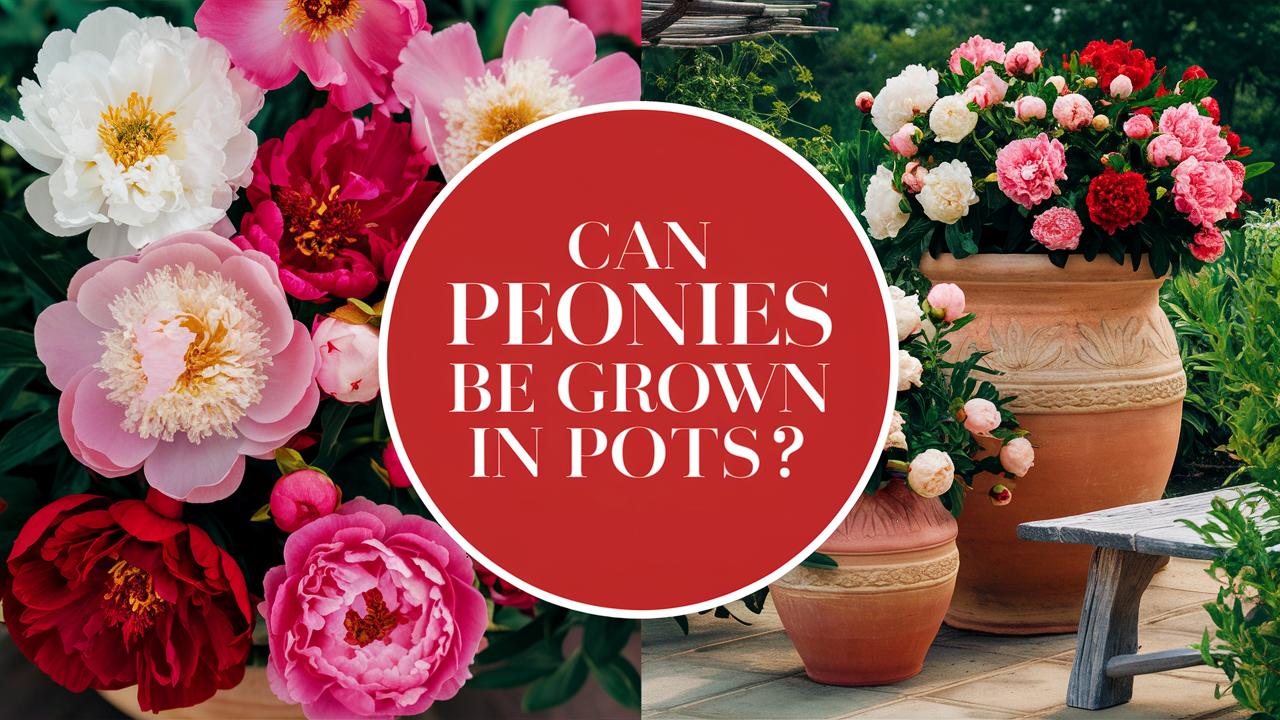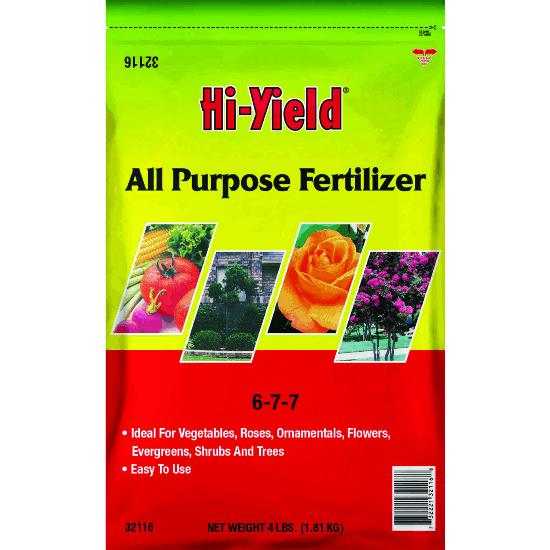In this guide, we’ll cover the various aspects of growing peonies in pots, providing tips, insights, and answering common questions to help you achieve flourishing peony plants in your own outdoor space.
Understanding Peonies: An Overview
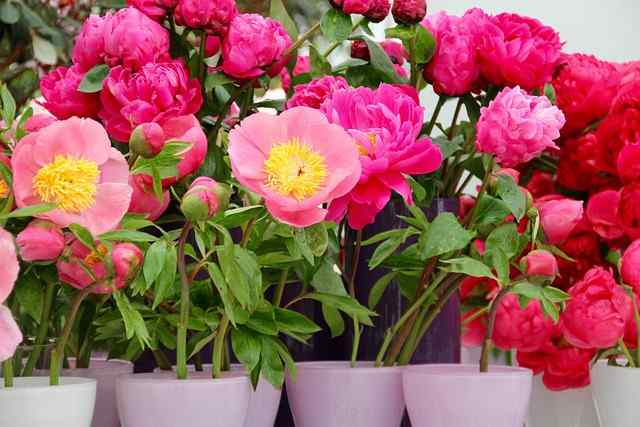
Before diving into the specifics of container gardening with peonies, it’s important to understand what peonies are and their requirements. Peonies are perennial flowering plants in the genus Paeonia, known for their lush foliage and large, often fragrant blooms. They come in various forms, including herbaceous, tree, and intersectional (or Itoh) peonies.
Varieties of Peonies
Herbaceous Peonies: These are the most common type, dying back to the ground each winter and re-emerging in spring. They typically have a bushy growth habit and a compact structure, making them suitable for pots.
Tree Peonies: As the name suggests, these peonies have a woody structure and remain upright throughout the year. They can grow quite large and may be more challenging to manage in containers.
Intersectional Peonies (Itoh Peonies): A hybrid between tree and herbaceous peonies, intersectional peonies offer the best of both worlds, producing sturdy stems and large blooms that last well.
Flowering Season and Lifespan
Peonies typically bloom in late spring to early summer, but their beauty is long-lasting. With proper care, peonies can thrive for decades, making them a worthwhile investment for any garden or container arrangement.
The Benefits of Growing Peonies in Pots
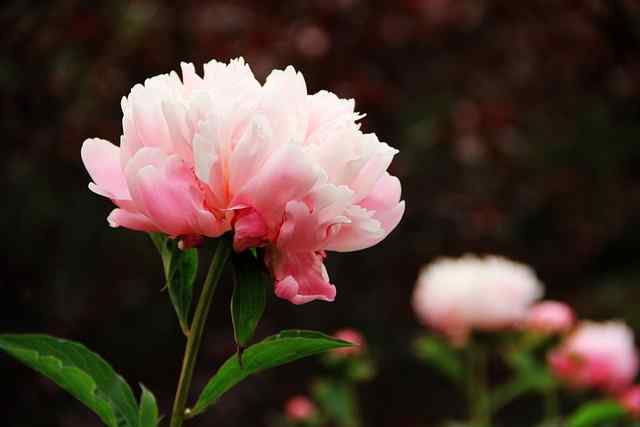
Growing peonies in containers has several distinct advantages, particularly for those with limited garden space or those looking to brighten up a patio or balcony. Here are some of the key benefits:
Mobility: Potted peonies can be relocated to take advantage of sun or shade throughout the growing season.
Soil Control: Containers allow you to control the soil quality more easily, which can be crucial for the successful growth of peonies.
Pest and Disease Management: Growing peonies in pots can make it easier to manage pests and diseases, as you can move the pots away from infected plants and better monitor their health.
Aesthetic Appeal: Containers can enhance the visual appeal of your outdoor space. With a multitude of pot designs available, you can create stunning arrangements that showcase these beautiful blooms.
Choosing the Right Container for Peonies
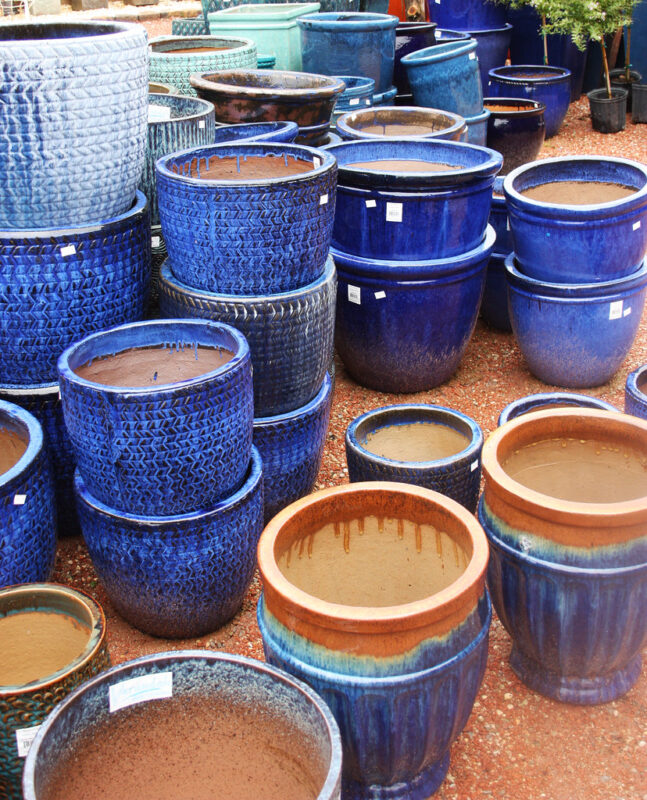
The choice of container is crucial for the successful growth of peonies. Here are the key factors to consider:
Size Matters
Peonies grow extensive root systems and require a pot that can accommodate their needs. Ideally, choose a container that is at least 18-24 inches in diameter for herbaceous types and at least 24-30 inches for tree peonies. A deep pot is also necessary to support the roots and provide adequate drainage.
Material Choices
Containers come in a variety of materials, including plastic, clay, ceramic, and metal. Here’s a quick rundown of the pros and cons:
Plastic: Lightweight and easy to move, plastic pots retain moisture well but may not provide adequate insulation for roots in extreme temperatures.
Clay or Terracotta: These materials are breathable and often contribute to the aesthetics of your garden, although they can dry out quickly in hot weather, requiring more frequent watering.
Ceramic: Glazed ceramic pots can be colorful and decorative while also providing reasonable insulation. However, they can be heavy and challenging to move.
Metal: Some gardeners enjoy the modern look of metal pots, but they conduct heat rapidly, which can lead to overheating of the roots.
Drainage is Key
Regardless of the material, ensure your container has adequate drainage holes. Peonies cannot tolerate waterlogged soil, so good drainage is essential to prevent root rot.
Selecting the Right Soil Mix
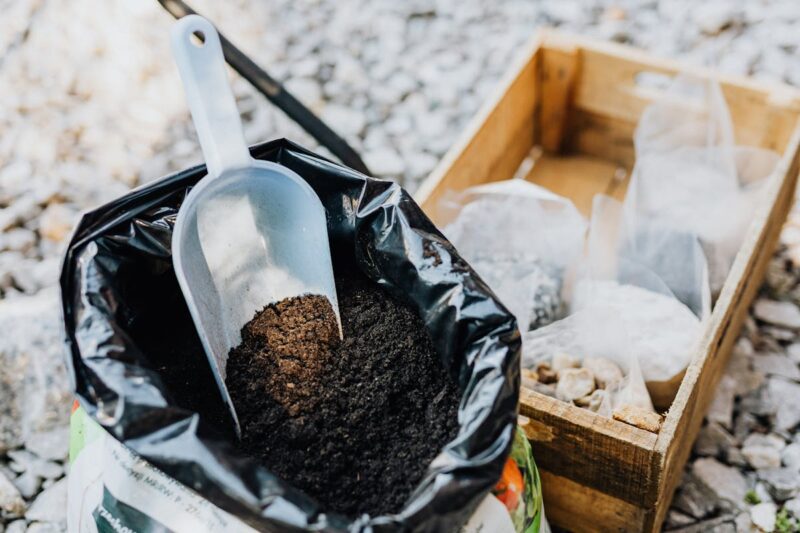
The foundation of a healthy potted peony starts with the right soil mix. A high-quality, well-draining potting mix enriched with organic matter is ideal. Look for a mix that includes peat moss, compost, and perlite or vermiculite, which will help retain moisture while providing aeration. Additionally, mixing in some slow-release fertilizer can give your peonies a boost during the growing season.
Planting Peonies in Pots
Once you’ve selected the appropriate container and soil, it’s time to get planting. Here’s a step-by-step guide for starting your peony journey:
1. Timing Is Everything
The best time to plant peonies is in early spring, just as the soil begins to thaw, or in the fall, about six weeks before the first expected frost. Planting during these times allows the plants to establish their root systems before the stress of summer heat or winter chill.
2. Prepare the Pot
Start by adding a layer of potting mix to the bottom of the container, ensuring that it fills about a third of the pot.
If planting tree peonies, place a stake in the center for support, as these can grow tall and heavy.
3. Positioning the Roots
For herbaceous peonies, gently place the root ball into the pot, ensuring that the “eyes” (the small buds on the roots) are positioned just below the soil surface.
Tree peonies should be planted with their grafting site (the swollen part of the stem) just above the soil line.
4. Backfill with Soil
Carefully backfill around the roots with potting mix, firming it gently to eliminate air pockets.
Water the newly planted peonies thoroughly to help settle the soil around the roots.
Caring for Potted Peonies
Once planted, potted peonies require specific care to thrive. Here’s how to keep your container plants healthy and blooming:
Watering
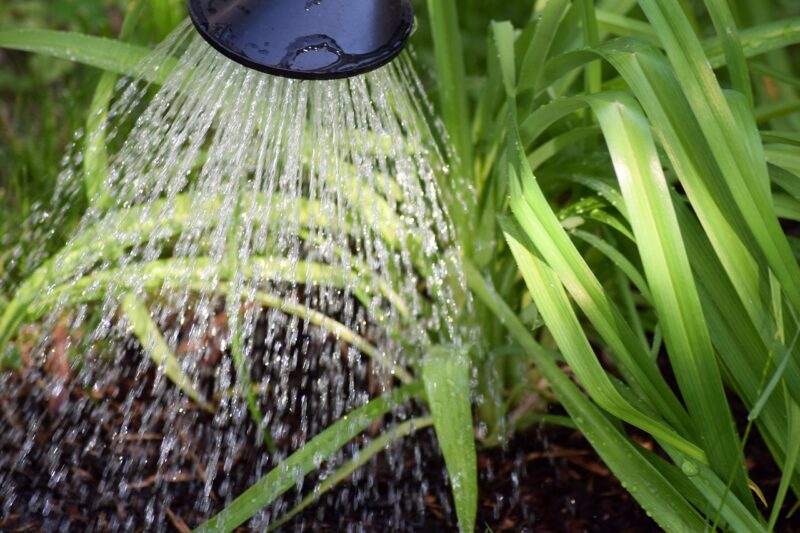
Potted peonies need consistent moisture to grow well. However, maintain a careful balance—overwatering can lead to root rot, while underwatering can stress the plant. Water your peonies when the top inch of soil feels dry. During hot summer months, be vigilant, as containers can dry out more quickly than in-ground plants.
Fertilization
While peonies are often low-maintenance in terms of fertilization, providing them with a balanced, slow-release fertilizer in early spring can yield better blooms. Look for fertilizers that are low in nitrogen and high in phosphorus and potassium, as these promote flowering.
Sunlight Requirements
Peonies thrive in full sun, ideally receiving around 6-8 hours of sunlight per day. Place your pots in a location with good exposure, but consider monitoring the temperature to prevent scorching during peak summer heat.
Support Structures
Especially with tree peonies, providing support can lead to a healthier, more robust plant. Use stakes or peony supports to prevent stems from bowing or breaking under the weight of the blooms.
Dealing with Pests and Diseases
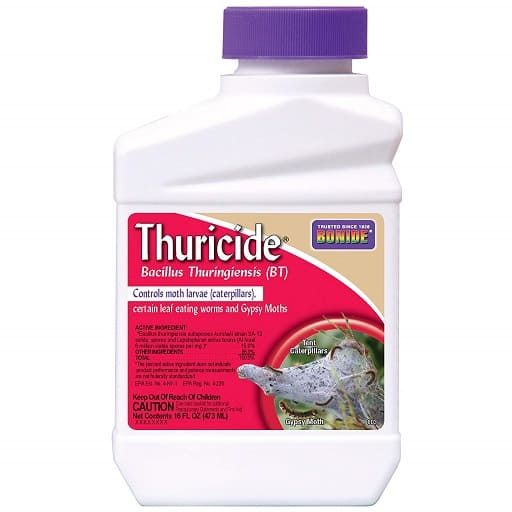
Potted peonies are susceptible to some pests and diseases, though they can be easier to manage than those in-ground. Here’s how to handle a few common issues:
Aphids and Spider Mites
These pests can be common in peonies. Regularly inspect your plants and remove any visible bugs by hand. If the infestation is severe, insecticidal soap or neem oil can effectively manage these pests without harming beneficial insects.
Powdery Mildew
This fungal disease may appear as white patches on leaves, particularly in humid conditions. Improve air circulation around the plants, avoid overhead watering, and consider fungicides if necessary.
Winter Care for Potted Peonies
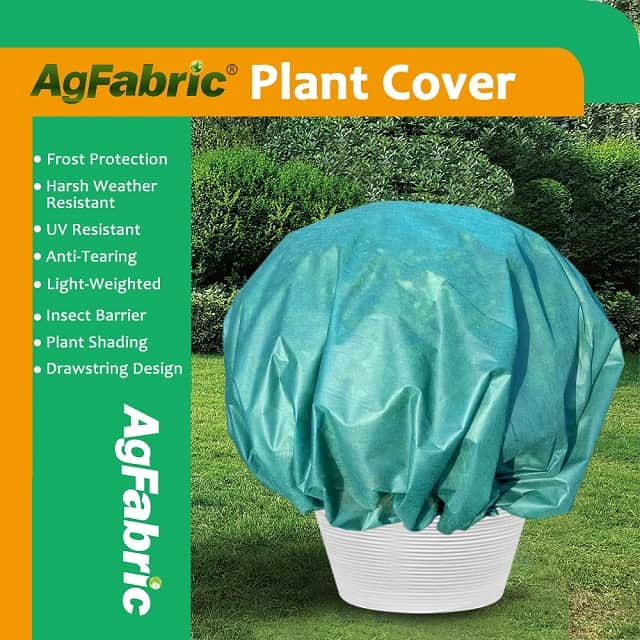
Protecting your potted peonies during winter is crucial, especially in colder regions. Consider these strategies:
Insulation
If you live in a climate with harsh winters, you may need to insulate your pots. Wrap them in burlap or bubble wrap, or consider moving them to a sheltered area, such as against a wall or into a garage.
Mulching
Apply a thick layer of mulch on top of the soil to insulate the roots and protect them from freezing temperatures. Straw, pine needles, or wood chips can work well for this purpose.
Avoid Overwintering Indoors
Although it might be tempting to bring potted peonies indoors for the winter, they typically do best when left outside. Each variety has been adapted to cold conditions, and bringing them inside can expose them to undesired warmth, leading to early growth that can be damaged by the returning cold.
The Beauty of Potted Peonies
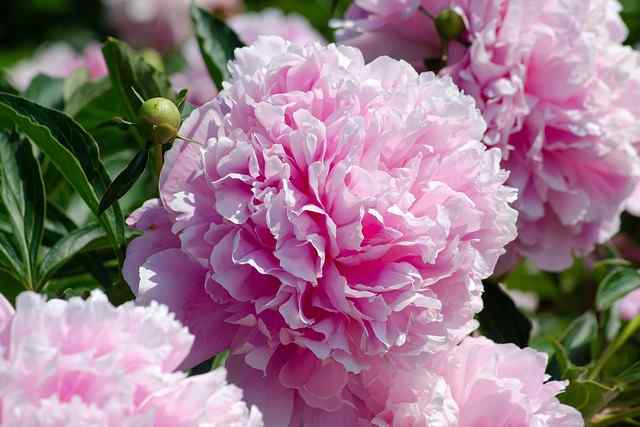
Once you’ve established your potted peonies, you’ll be rewarded with vibrant blooms, delightful scents, and a touch of elegance in your outdoor space. Let’s delve into the aesthetic and therapeutic benefits these flowers bring to your life.
Aesthetic Appeal
Potted peonies bring an unmatched level of beauty to any setting. Their large, lush blooms range from soft pastels to bold, vibrant colors. Displaying different varieties in pots can create a stunning landscape, whether on a patio, balcony, or in a garden corner. Using pots of varying heights and textures can further enhance the visual interest and composition of your display.
Year-Round Interest
Even when they aren’t in bloom, peonies offer visual appeal with their lush foliage. The intricate leaves add nice texture and color to your garden setup. In winter, their architectural structure is eye-catching even under a dusting of snow.


